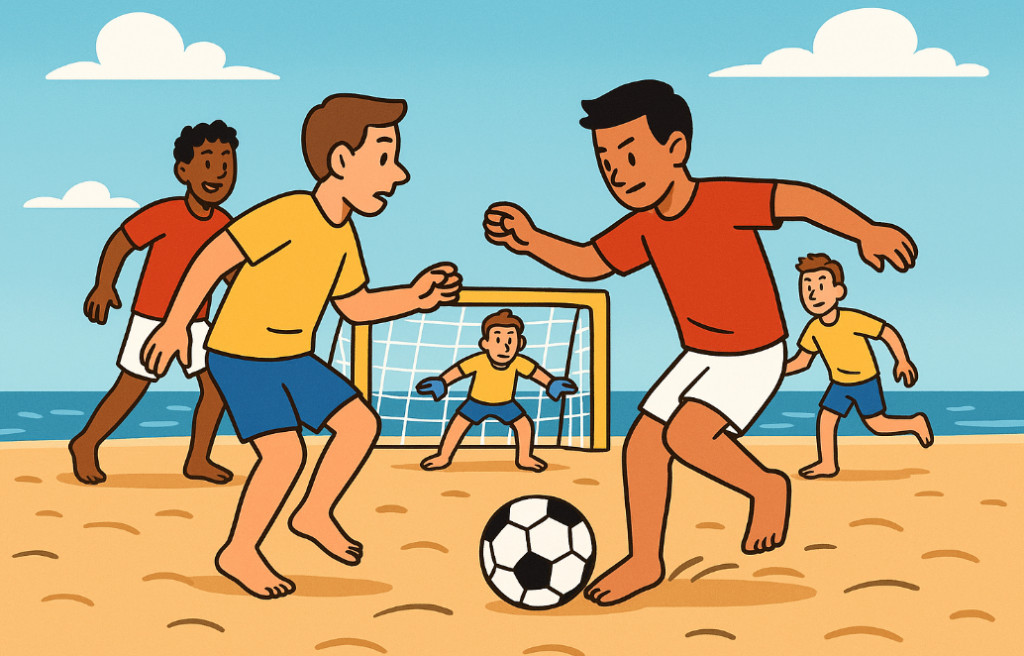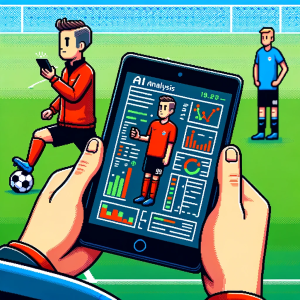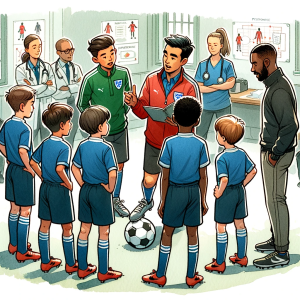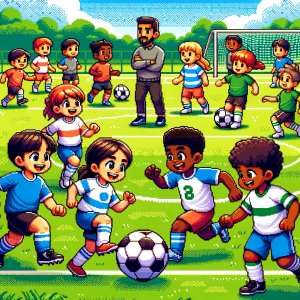
Fatigue in Beach Soccer
Picture this: It’s the final session of a three-day training camp. The players are dragging their feet. One winces mid-sprint. Another yawns through warmups. As a coach or club leader, you’ve been here before—but how can you know if your players are truly overworked or just having an off day?
New research from Portugal’s elite beach soccer team suggests a solution: combine workload metrics with player self-reports of well-being. This simple approach could help your team train smarter, reduce injury risk, and maintain peak performance.
Let’s break it down.
What the Study Found: Linking Load to How Players Feel
A team of sports scientists followed 11 elite male beach soccer players during a three-day training camp preceding the FIFA Beach Soccer World Cup. Each day, they measured:
- Workload: How hard and how long players trained, using session-RPE (rating of perceived exertion × minutes trained), GPS data (total distance, high-speed running, sprints).
- Well-being: How players felt each morning—specifically sleep quality, muscle soreness, stress, and fatigue—using the Hooper Index, a quick 4-question scale.
Here’s the key finding: As training intensity went up, so did fatigue, muscle soreness, and even reported sleep issues. By day three—when players had trained hard for two consecutive days—both workload and wellness scores dropped, signaling mounting fatigue and possible overtraining.
Why It Matters for You: Better Training with Simple Tracking
Whether you’re managing youth, high school, or adult teams, the takeaways are clear:
1. Training Load Matters
Players who cover more distance, sprint more often, and rate practices as more intense tend to feel worse the next day. This isn’t just about soreness—it affects sleep, recovery, and long-term readiness.
Tip: Use session-RPE (RPE × minutes) to get a quick, coach-friendly measure of daily load.
2. Simple Wellness Check-ins Work
The Hooper Index takes less than two minutes to complete. It asks players to rate their sleep quality, fatigue, soreness, and stress. This quick check gives you early warning signs—before players break down or burn out.
Tip: Add a short wellness survey before breakfast or practice. A simple Google Form or printed sheet can do the job.
3. Wellness and Performance Are Tightly Linked
A player’s body and brain don’t reset overnight. The research indicates that poor recovery today can manifest in tomorrow’s performance. Tracking well-being daily helps you adjust intensity in real time—keeping players sharp, healthy, and engaged.
Applying the Science to Your Team
You don’t need GPS trackers or a PhD to use these insights. Here’s how you can implement this at any level:
Start Small:
- Introduce a simple daily check-in (1–7 rating) on sleep, soreness, fatigue, and stress.
- Track s-RPE using a 1–10 scale and total training minutes.
Look for Patterns:
- Is a player feeling worse after high-load days? Consider adjusting their next session or adding recovery strategies.
- Are multiple players reporting poor sleep or high soreness? It might be time for a lighter day or focused recovery.
Empower Players:
- Let players know their well-being matters—and that monitoring it helps prevent injury and boost performance.
- Use the data to start conversations: “How are you feeling today? Your soreness score jumped—let’s modify your load.”
Broader Impacts: Smarter Clubs, Healthier Athletes
This study aligns with a growing trend in soccer: personalized, data-informed training. By combining objective workload data with subjective well-being, clubs of all sizes can build more resilient players, prevent burnout, and improve outcomes on the pitch.
It’s not about collecting fancy data—it’s about making better decisions every day. A well-rested and well-monitored team is a confident and competitive one.
Your Turn to Kick It Off
We’d love to hear how you’re managing training and recovery:
- Do you currently track player wellness? What tools or systems do you use?
- Have you noticed a link between player mood and performance?
- How might you use s-RPE or the Hooper Index in your next training cycle?
Drop a comment below or share your approach on social media using #SmartSoccerScience. Let’s build a healthier, stronger soccer community together.



